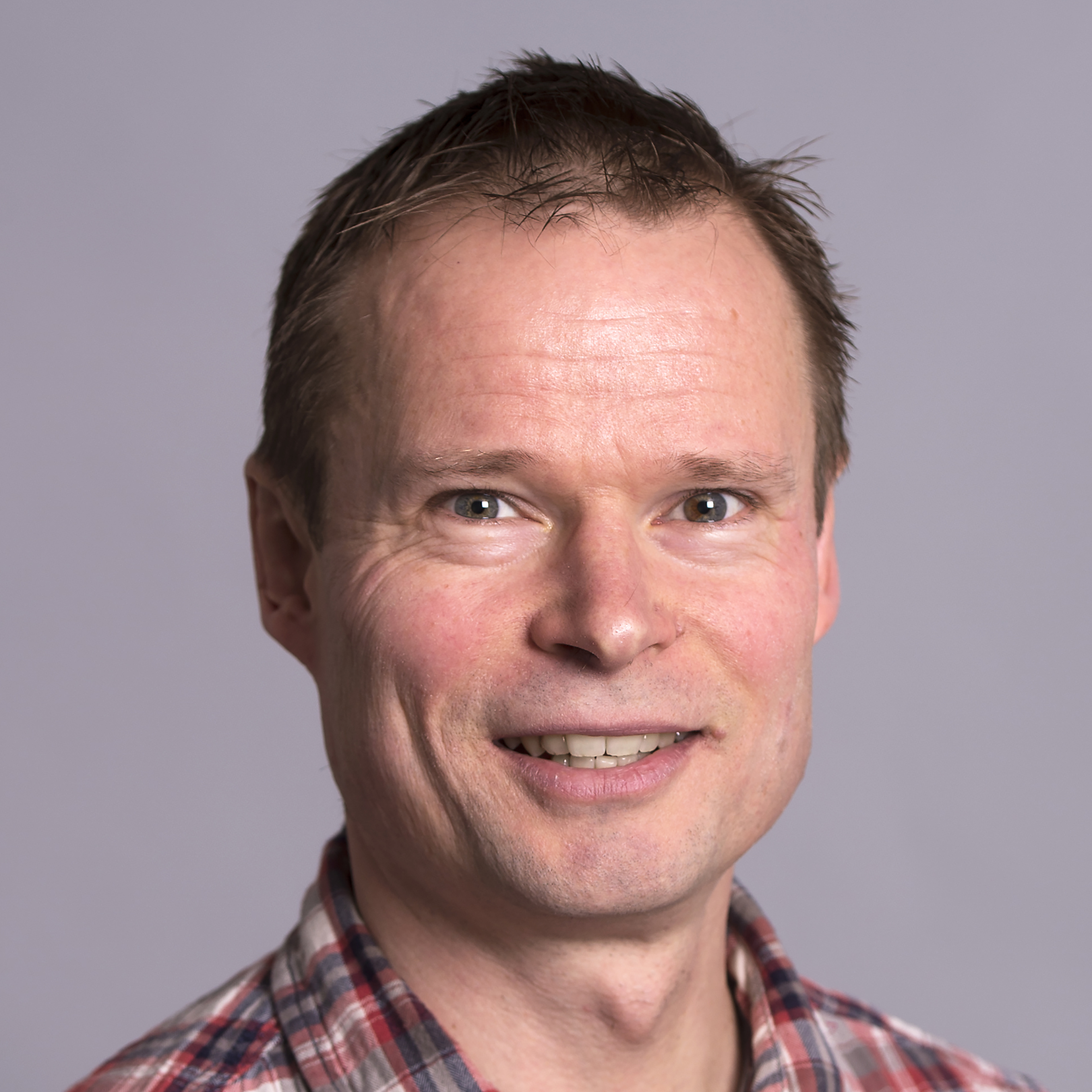
How NHH applies Hubro's simulation in their Marketing course
The Norwegian School of Economics (NHH) is Norway's leading business school, with a strong reputation within both research and education.
Therefore we are proud that they have chosen to use the Hubro Marketing Simulation in their Marketing Management course, and even prouder to show the students feedback from their first ever simulation.
The results
 Professor Leif Egil Hem is responsible for NHH's Marketing Management course.
Professor Leif Egil Hem is responsible for NHH's Marketing Management course.
Why did you decide to use a Hubro Marketing Simulation in this course?
- Because we need to update the teaching and use possible digital solutions to involve students. However, one very important aspect in the use of the simulations is to integrate knowledge from different parts of the business, for example accounting, finance, HR, and marketing.
Do you view the simulation as a success? And if so, why?
- Yes, it was a success because the students learned a lot from it. The students had to write a note about their execution of the simulations, which indicated a significant learning outcome.
 The students agree with Hem that it was successful. They answered a survey after the final session of the simulation where they gave their opinions and could suggest changes.
The students agree with Hem that it was successful. They answered a survey after the final session of the simulation where they gave their opinions and could suggest changes.
Out of the 389 students that participated in the simulation, 98% think the simulation should remain a part of the course whereof 36% would like to extend the simulation with more time and explicit exercises.
The setup
The purpose of the simulation at NHH was to give the students a better understanding of terms and models from the syllabus, by letting them apply them in practice.
To achieve this, the simulation was played out over two weeks, with three sessions of two hours each. Students worked in groups of 2 or 3, which lead to them having many active discussions.

In addition to playing the simulation itself, the students had two assignments.
The first was to make an analysis and a plan of action. This was done after the first session as preparation for the two next sessions.
The second assignment was to make a reflection note individually, which would be handed in at the exam. This note was meant to make the students think through how they made decisions in the simulation.
Leif Egil Hem is pleased with the setup and will largely keep it the same for next years course. However, he'll integrate it even tighter with the other activities in the course:
- We will most likely add a few more events as the students requested, and give them more time between sessions to analyse and make decisions for those events. I will also try to make connections between the lectures and the simulation.
What would you say to an educator that is thinking about copying your setup?
- It worked very well for us. If you manage to integrate it with your teaching, then, it becomes a strong learning tool.
The Hubro Education team thank Leif Egil Hem and his student assistants for a great collaboration this year and look forward to next time!
Book a free trial meeting to see how it works
Get a free trialExplore more of our blog for business education, educational business simulations and remote teaching methods.
Back to the blog